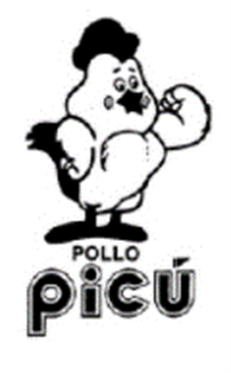The US Patent & Trademark Office (PTO) published a final rule entitled, Expanding Opportunities to Appear Before the Patent Trial & Appeal Board; 89 Fed. Reg. 82172 (Oct. 10, 2024).
The new rule, set to take effect on November 12, 2024, will apply to America Invents Act (AIA) proceedings, which, until now, have required that a party designate lead counsel and backup counsel. Lead counsel was required to be a registered practitioner, and non-registered practitioners could be backup counsel upon a showing of good cause.
The PTO filed a notice of proposed rulemaking on February 21, 2024, in which it proposed amending the regulations to allow the Board to permit a party to proceed without separate backup counsel as long as lead counsel is a registered practitioner. The PTO also proposed to allow a non-registered practitioner admitted pro hac vice to serve as either lead or backup counsel for a party as long as a registered practitioner was also counsel of record for that party, and to allow a non-registered practitioner who was previously recognized pro hac vice in an AIA proceeding to be considered a Board-recognized practitioner and eligible for automatic pro hac vice admission in subsequent proceedings via a simplified and expedited process.
Citing the benefits of flexibility where good cause is shown while ensuring parties are well represented, the PTO has now issued a final rule that will allow parties to proceed without backup counsel. The PTO noted that a party may demonstrate good cause, for example, by demonstrating lack of financial resources to retain both lead and backup counsel. However, the Board will question any claim of lack of financial resources where a party has also elected to pursue litigation involving the challenged patents in other forums. As a result, this rule is more likely to benefit patentees than patent challengers. The PTO also explained that the good cause analysis will center on the party, not on the counsel’s preferences. For example, the PTO is unlikely to find good cause where the lead counsel is a solo practitioner who prefers to work alone.
The PTO also issued a final rule simplifying the process for attorneys who were previously admitted to practice before the Board pro hac vice to gain admission for subsequent matters and to do so without a fee. Any attorney seeking subsequent pro hac vice admission must file a declaration or affidavit stating that all the requirements set out by the Board are met. Opposing counsel also has the opportunity to object.
Finally, the PTO rejected an amendment that would allow non-registered attorneys to serve as lead counsel.
read more

 Subscribe
Subscribe



